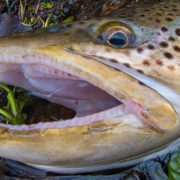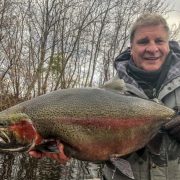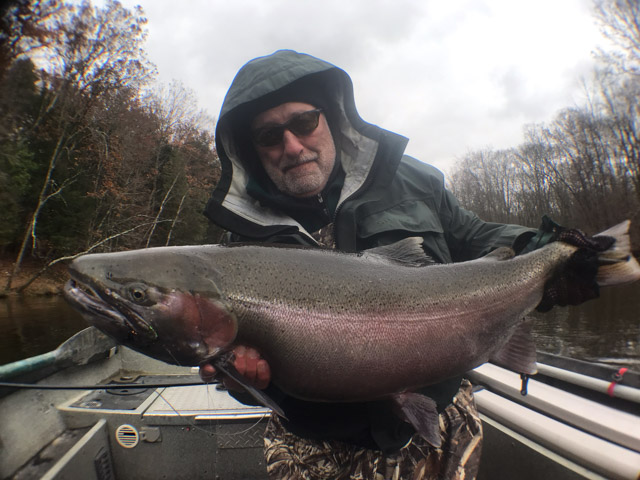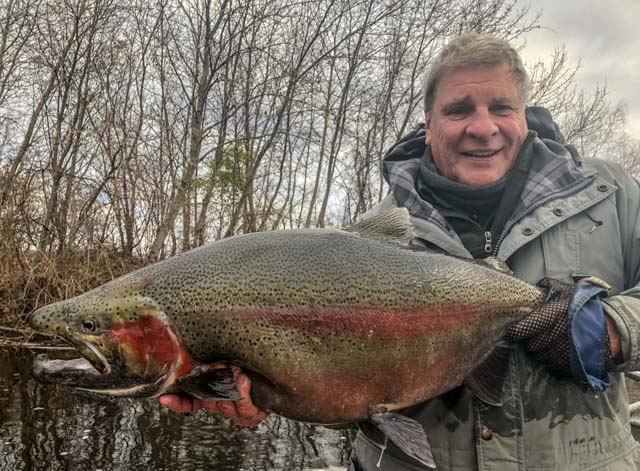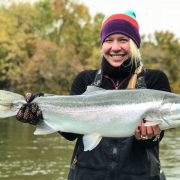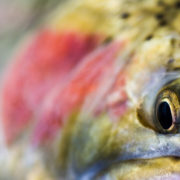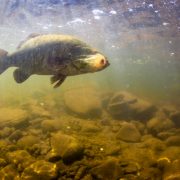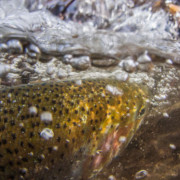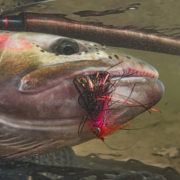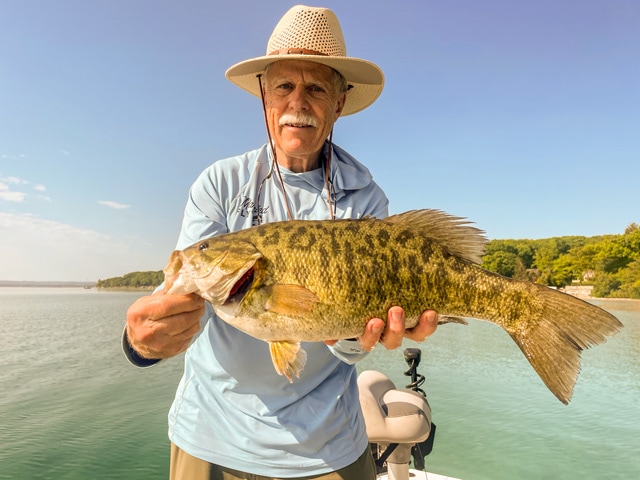Scott Fly Rod, Two-Hand Review
I just wanted to share my personal experiences with two of Scott’s flagship two handed rods, the Radian 1257 and the Radian 1259.
A while back, we reviewed the 1308 Radian, and were very pleased with it as a great big river rod. The Radian 1257 is a 12’6″ 7 weight rod. Many of the 7 weight two handed rods that you might cast that are on the light side. You would not consider them as a primary rod for big rivers like the Muskegon or the Manistee. However, the 1257 has some nice horsepower, and can elegantly cast a 480 grain skagit head with 8-10 feet of t14 (Note that the recommended Skagit with this rod is 520 but given the tips I use, I prefer 480). This will cover a lot of the scenarios encountered on our river systems.
Because of its light weight and sensitivity, I find myself using this rod to fish the edges of the river in the winter months. Fishing in the winter in this manner requires a rod with a lot of tactile feel because you are mending the line, allowing the fly to get to the bottom, and then engaging it. In a nutshell, this rod is very sensitive and is a pleasure to use for this purpose. Furthermore, because the edges of the river often contain trout as well as steelhead, using the lighter rod keeps things fun for me and my clients. This rod is capable of long casts, but I find myself using it in close. When fighting a fish, it protects tippets well.
Though I have only used it for swinging, I could see this as a good indicator rod. If you do not want the added weight of an 8 or 9 weight, this 7 weight can handle most situations you will encounter on medium to large rivers in the Great Lakes region. It is a very sweet rod indeed.
Scott Radian 1259
Now let’s talk about the Radian 1259. As you can imagine, it is a totally different beast than the 1257. This rod is very stiff and very powerful. This is a new rod in Scott’s Radian lineup, and as such, I have been using it for a couple of months. During those months, I have put it through its paces. For my purposes, this rod is best for down and dirty fishing at short to medium range. This is not a rod for everyone, and does not have the agile feeling of the 1257 or the 1308 Radian. Typically, I use this rod with a 560 or 600 grain Freightliner Intermediate Skagit, and a significant amount of T14 or a short and compressed head of T17 or T20. In this configuration, it makes easy work of casting a heavy line with a heavy fly. If I had to point out one drawback of this rod, it does not inspire as much confidence when fighting a quick moving steelhead. The rod is very stiff and those panicked head shakes are nerve wracking with this stick.
I see the best applications of this rod as specialty rod for big fish, big tips, heavy tippet, and big flies in relatively close quarters–steelhead in timber or big king salmon in coastal regions come to mind. For these applications, this rod is a gem. I could also see an application for this in surf fishing as it could shoot line well into wind and waves.
I hope you enjoyed this review. If you have any questions about Scott rods, please contact Scott pro staffers Kevin Feenstra or Jon Ray.
Thank you for reading! Tight Lines!
Kevin Feenstra

